NOTE: THIS STORY WAS FIRST PUBLISHED IN THE BOHOL CHRONICLE’S SUNDAY PRINT EDITION.
The Loboc River riprapping project underwent proper procedures.
This was the clarification made by both Loboc Mayor Raymond Jala and Bohol 3rd District Engineer Magiting Cruz in belying reports that the ongoing project bypassed public consultations and coordination with local officials.
In a statement sent to the Chronicle, Mayor Jala “vehemently denies” a report claiming that the local government of Loboc is questioning the implementation of the riprapping project of DPWH 3rd District.
However, during an interview with dyRD’s Inyong Alagad, lead convenor of Tagbilaran Baywatch Atty. Esther Gertrude Biliran, maintains that there was no consultation conducted with affected communities.
Biliran recalled a dialogue she had with Mayor Jala, Municipal Engineer Maximilian Cempron and the municipal planning coordinator who admitted that apart from a lack of transparency to the public, no feasibility study was undertaken by the DPWH. (See separate story)
But according to Mayor Jala, Loboc officials have even initiated a coordination meeting with Bishop Alberto Uy in response to the prelate’s Facebook post which raised concerns about the project.
“The entire concept of the project was explained to and understood by Bishop Uy who recognized it as the best solution to the municipality’s long-standing concern about the destabilized riverbanks due to climate change and severe weather disturbances,” Jala said.
The mayor emphasized that LGU-Loboc would not question the same project that it had been requesting for so many years as the LGU is in fact grateful that the project has been approved and granted funding.
Officially known as the Loboc River Protection Project, the undertaking is considered a priority since the term of former mayor Leon Calipusan. Its Phase 1 was funded under the General Appropriations Act (GAA) of 2022 and implemented through the DPWH-3.
Jala explained that through the support of 3rd District Rep. Kristine Alexie Tutor who heeded their appeal for a Phase 2 of the project to include seven (7) other areas of the river’s stretch also needing rehabilitation, additional funding was allocated under the 2023 GAA amounting P1.2 billion.
“Phase 2 was approved for an additional 7 areas of the river that urgently need rehabilitation,” the mayor said.
Referring to an article published by the Chronicle last week which quoted concerns raised by the anti-reclamation alliance Tagbilaran Baywatch, Jala refutes the group’s claim that LGU-Loboc is questioning the riprapping project.
“It is absolutely not true that we (LGU-Loboc) are objecting to the project,” Jala said adding that the issue was “merely a misreporting by Tagbilaran Baywatch.”
Jala bared that even Vice Mayor Helen Calipusan-Alaba who is the presiding officer of the Sangguniang Bayan (SB) of Loboc, has clarified that no resolution passed by the SB suspending the riprapping project implementation, contrary to claims of Tagbilaran Baywatch.
The mayor likewise denied claims that LGU-Loboc has filed a case for the issuance of a temporary restraining order (TRO) against the Bohol 1 Electric Cooperative (BOHECO-1) in connection with protocols in opening its dams in the event of typhoons or heavy rains.
“No case has been filed. LGU Loboc and LGU Sevilla are even conducting series of dialogues with BOHECO-1 on the needed protocol. We even invited PAGASA to give inputs and guide us on the best possible plan. In fact, BOHECO-1, LGUs Loboc and Sevilla have already reached an agreement on the issues,” Jala added.
DPWH SIDE
Engr. Cruz likewise belied claims made by Tagbilaran Baywatch that LGU-Loboc and its residents are complaining on social media against ongoing riprapping projects.
“Our office has neither received any formal complaint from LGU Loboc or any of its constituents nor reports on site of any concern regarding the ongoing projects along the Loboc River,” the district engineer said.
The DPWH and LGU-Loboc, particularly Mayor Jala and the LGUs engineering team, are regularly coordinating on pressing issues concerning the projects.
Disproving claims that no public consultation was conducted by the DPWH regarding the project, Cruz said that his office “rigorously follows the correct process flow from project planning to project completion.”
Cruz even showed documentation pictures of several consultative and coordination meetings conducted by DPWH-3 and LGU-Loboc regarding the project.
Our Planning and Design Section annually consults with the LGU concerned including impacted communities.
According to Cruz, the DPWH survey team and the LGU jointly investigates the site to determine appropriate alignments and project placements during the project preparation phase. Likewise, its environmental and social unit also collaborates with the LGU on tree-cutting licenses, environmental clearances and certifications.
Cruz debunked allegations that even the Municipal Engineer of Loboc is not informed or consulted with the project’s implementation saying project engineers are required to establish an open line with their counterparts at the LGU as it is necessary from the project’s commencement, progression and completion.
The district engineer explained that the DPWH complied with the pertinent documents required by the LGU.
DREDGING FIRST BEFORE RIPRAP
Cruz explained that the current river control structure are not only composed of the common riprap or the piling up of layers of stone and concrete, but also structural concrete with steel reinforcements.
The structures are based on approved DPWH standards and designs.
According to Cruz, apart from the riprapping projects being implemented by DPWH-3, there are also other projects along the Loboc River that is being undertaken by the DPWH Regional Office VII and the designs of which are also being done in coordination with LGU-Loboc.
Following Typhoon Odette, which caused unprecedented flood levels in the town’s low-lying areas, DPWH moved to find the best climate change-adaptable solution, particularly for the Loboc River.
Due to lack of experience in this situation, DPWH-3 requested for a comprehensive investigation technical support from the DPWH Central Office which consequently sent its Planning Service Team that performed evaluation of the area.
On April 19, 2023, the technical team from the Central Office accompanied by DPWH-3, conducted an inspection of the entire stretch of the Loboc River.
After the inspection, the joint team met with Mayor Jala at municipal hall where the team came up with the recommendation that dredging is only suitable at the mouth of the river located in Loay. Because of its elevation and water level, the low-lying portion of Loboc will continue to flood even with dredging activities.
The DPWH team leader further explained that a water impounding facility in the upper part of the river might be considered as a solution, but this would need a Loboc River Master Plan, and that mitigation measures would be based on a thorough feasibility study.
Cruz bared that the feasibility study has been a priority of DPWH-3 but it is still subject to the approval of the national government.
After a request was made by Rep. Tutor to DPWH Secretary Manuel Bonoan for funding for the acquisition of a dredging machine-amphibious excavator for the Municipality of Loboc, the Bureau of Equipment (BoE) sent a team on August 14-18, 2023 to inspect the proposed site and to discuss preparation of a Dredging Plan prior to commencement of dredging operations.
According to Cruz, finalization of dredging procedures is ongoing.
WRONG PRIORITIZATION, TREE-CUTTING
Cruz responded to the allegation that there is improper prioritization by the DPWH of its project location along the riverbanks.
“One of the projects mentioned was the reconstruction and rehabilitation of roads with slips, slope collapse and landslide along the Loay interior road in Barangay Bagumbayan, Loboc. This location has been identified by the district office as one of the damaged areas due to a road slip caused by erosion from strong floodwaters during Typhoon Odette. In fact, the old Tigbao Bridge, which was washed out during the storm, used to be located in this area,” Cruz clarified.
In relation to the tree-cutting issues, Cruz said that the project obtained a Special Tree Cutting Permit and was granted approval to proceed since it has demonstrated compliance with the LGU and DENR rules and regulations.
Villages bordering the river where riprapping works will be undertaken are in Barangays Bagumbayan where it is currently ongoing, Gotozon, Villaflor, Valladolid, Agape, Canlasid and Ugpong. The riprapping will span a total of about 5-kilometers.
Riverbank rehabilitation works are also ongoing at Barangay Jimilian which is not a part of the P1.2 billion contract under DPWH-3.

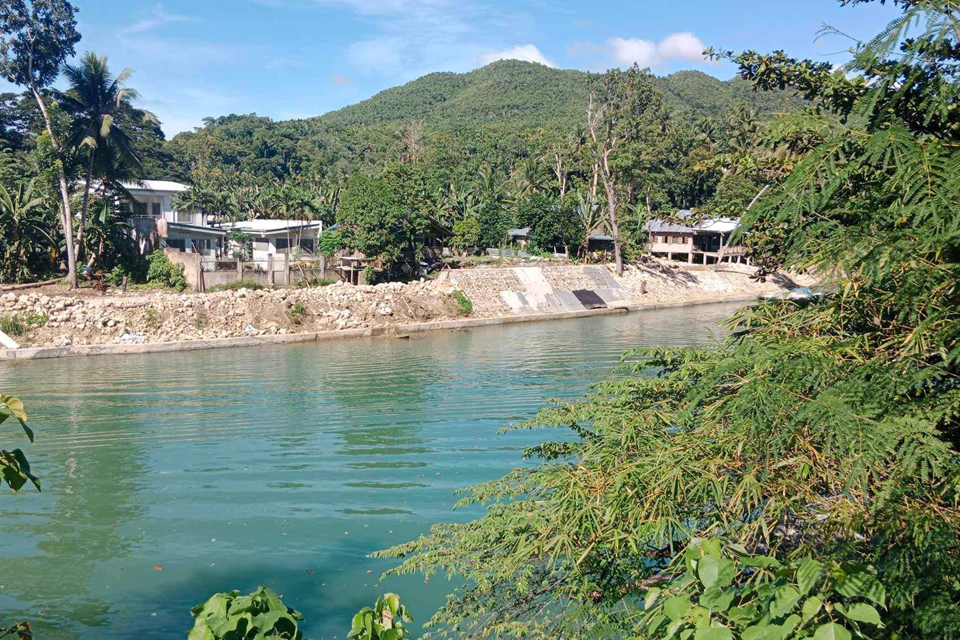
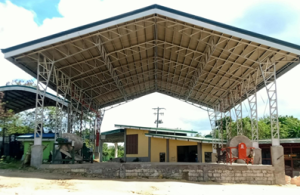

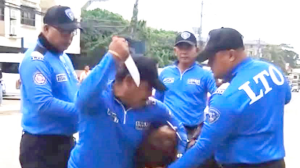
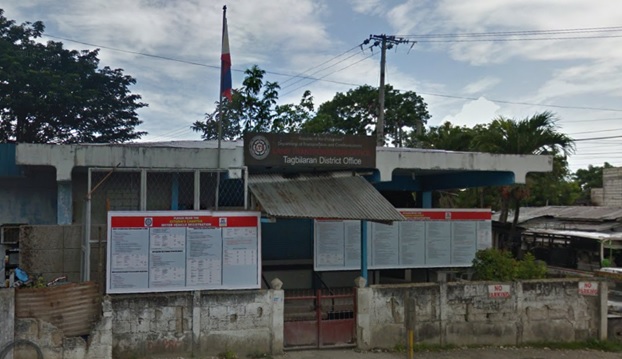
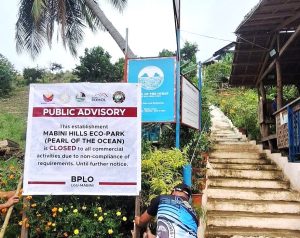
Be First to Comment